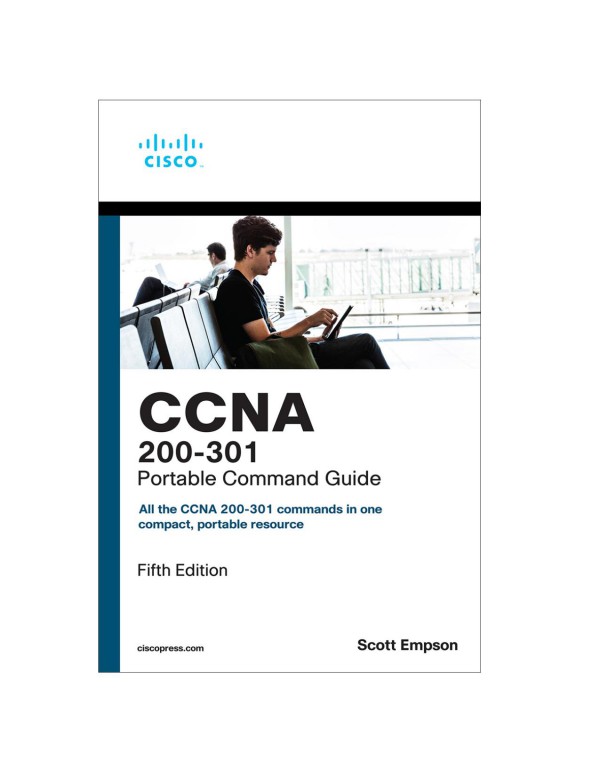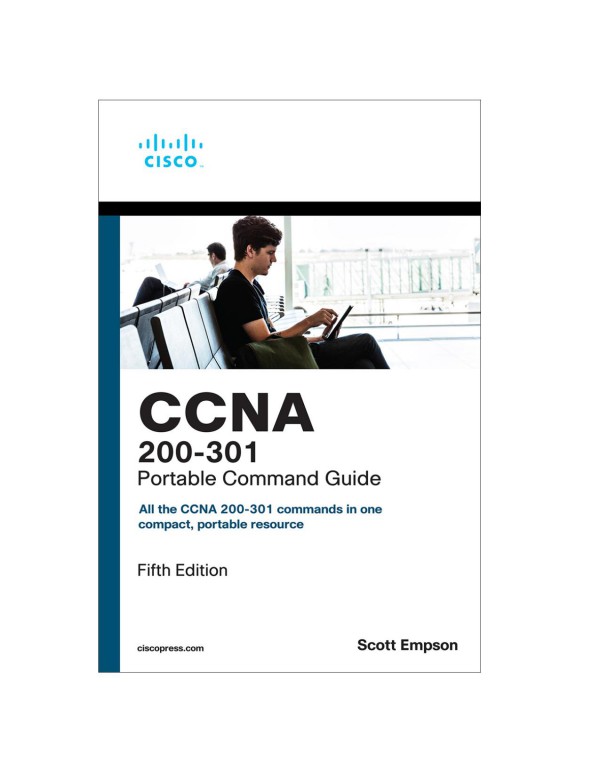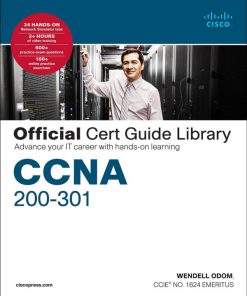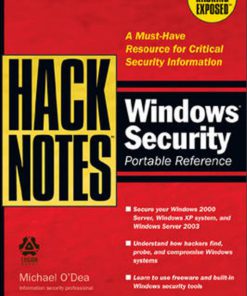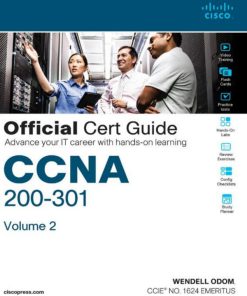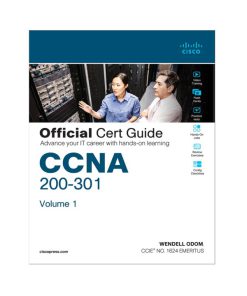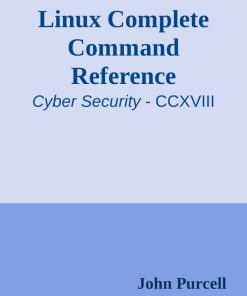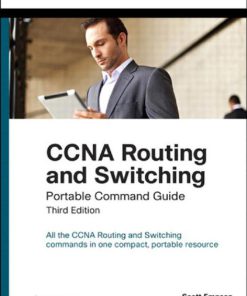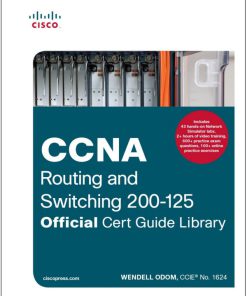CCNA 200 301 Portable Command Guide 5th Edition by Scott Empson 0135937825 9780135937822
Original price was: $50.00.$25.00Current price is: $25.00.
Authors:Scott D. Empson , Series:Computer Science [150] , Tags:Computers › Certification Guides › General , Author sort:Empson, Scott D. , Languages:Languages:eng , Published:Published:Dec 2019 , Publisher:Cisco Press , Comments:Comments:CCNA 200-301 Portable Command Guideis filled with valuable, easy-to-access information–and it’s portable enough to use whether you’re in the server room or the equipment closet.The guide summarizes all CCNA certification-level Cisco IOS Software commands, keywords, command arguments, and associated prompts, providing you with tips and examples of how to apply the commands to real-world scenarios. Throughout, configuration examples give you a better understanding of how these commands are used in simple network designs.This book has been completely updated to cover topics in the new 200-301 exam. Use this quick reference resource to help you memorize commands and concepts as you work to pass the CCNA certification exam. Coverage includes·Network Fundamentals:IPv4 addressing, subnetting, VLSM, route summarization, IPv6 addressing, cables/connections, CLI·LAN Switching Technologies:Switch configuration, VLANs, VLAN trunking protocol, inter-VLAN communication, STP, EtherChannel, CDP, LLDP·Routing Technologies:Router configuration, static routing, OSPF·IP Services:DHCP, NAT, NTP·Security Fundamentals:Layer 2 security, ACL traffic management, device monitoring and hardening·Wireless Technologies:Configuring and securing a WLAN AP· Quick, offline access to all CCNA commands for research and solutions· Logical how-to topic groupings for a one-stop resource· Great for review before CCNA certification exams· Compact size makes it easy to carry with you wherever you go· “Create Your Own Journal†section with blank, lined pages enables you to personalize the book for your needsThis book is part of the Cisco Press Certification Self-Study Product Family, which offers readers a self-paced study routine for Cisco certification exams. Titles in the Cisco Press Certification Self-Study Product Family are part of a recommended learning program from Cisco that includes simulation and hands-on training from authorized Cisco Learning Partners and self-study products from Cisco Press.

